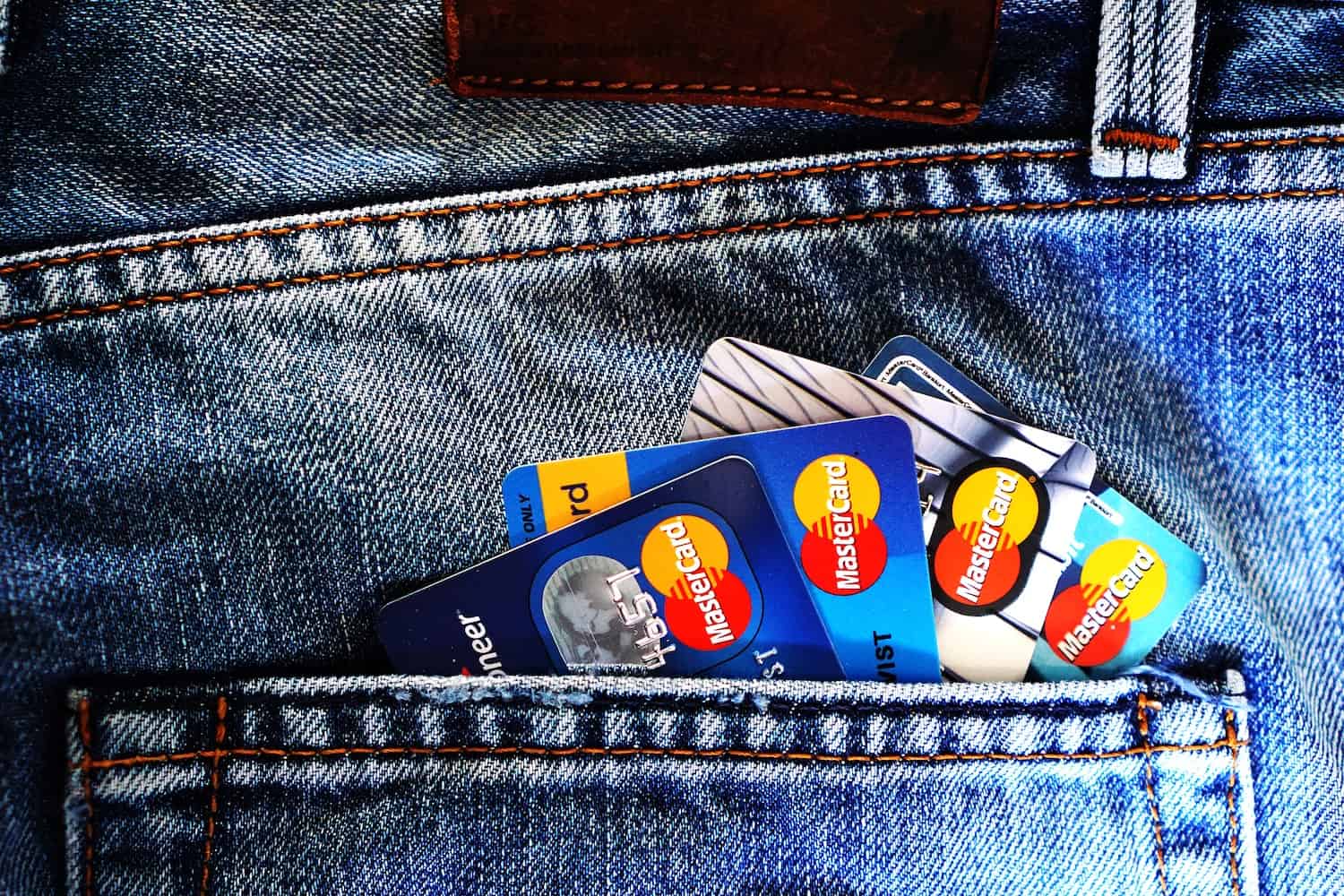Many people considering filing for bankruptcy are worried about the effect a bankruptcy case will have on their credit reports and credit scores. While it’s natural to want to protect your credit, most people who have reason to consider bankruptcy already have credit problems. That may sound like a no-win situation, but new data about credit after bankruptcy suggests that post-bankruptcy applicants are better off than you might expect.
The data comes from a large-scale study conducted by Lending Tree. The study did conclude that people who had filed for bankruptcy often paid more for credit than those who hadn’t. That’s not surprising, since many had sustained significant damage to their credit scores before filing for bankruptcy protection. However, the actual data across more than one million users of the online loan network was encouraging.
Key Findings About Credit After Bankruptcy
Some key points from the Lending Tree study include:
- Two years after bankruptcy, nearly 2/3 of bankruptcy filers have credit scores of 640 or higher
- The average credit score five years after bankruptcy was 672
- The increased cost of both automobile and personal loans drops off dramatically two years after bankruptcy
- People in some higher credit score bands can expect mortgage loans rates similar to those offered applicants who have never filed bankruptcy
Even where post-bankruptcy applicants pay more for loans, the net impact of that increase is generally far less than you might expect.
Mortgage Loan Costs After Bankruptcy
Consider a borrower seeking a $240,955 mortgage loan, with payments spread across 30 years. 30-year mortgage loans are expensive under the best of circumstances, so the average borrower with no history of bankruptcy can expect to pay a total of $420,010 to pay off that loan—a net cost of $179,055. Five years after bankruptcy, an applicant for the same loan could expect to pay a total of $426,042, for a net loan cost of $185,087.
Remember, that’s the difference in cost over the course of a 30-year loan. That means the post-bankruptcy applicant pays about $201 extra per year, or a little less than $17/month.
Of course, this is just one example. The numbers differ depending on the type of loan, the applicant’s credit score, and the number of years post-bankruptcy. But, on average, the increased cost of a loan after bankruptcy—especially two or more years post-bankruptcy—is small enough that it will not have a significant impact on affordability of the loan.
Credit Scores After Bankruptcy
Of course, credit scores impact both access to and the cost of credit, whether or not the applicant has previously filed bankruptcy. So, just how representative are the loan costs described in the study?
Remember that the study also concluded that nearly 2/3 of post-bankruptcy users included in the study had credit scores of 640 or higher—a score sufficient to allow access to most types of credit. In fact, 43% of those with a bankruptcy on their credit histories had scores of 640+ within a year of bankruptcy.
If that sounds too good to be true, consider these findings from the Federal Reserve Bank of Philadelphia:
- Immediately after discharge, the average credit score of Chapter 7 bankruptcy petitioners was 82.1 points higher than just before filing
- Immediately after discharge, the average credit score of Chapter 13 bankruptcy filers was 75.6 points higher than just before filing
If You’re Struggling Financially, Help is Available
If you’re struggling with debt and have been considering bankruptcy, but have been deterred by concerns about credit after bankruptcy, the time is right to get more information. Schedule a free consultation with an experienced bankruptcy attorney right now to learn more about your options.







